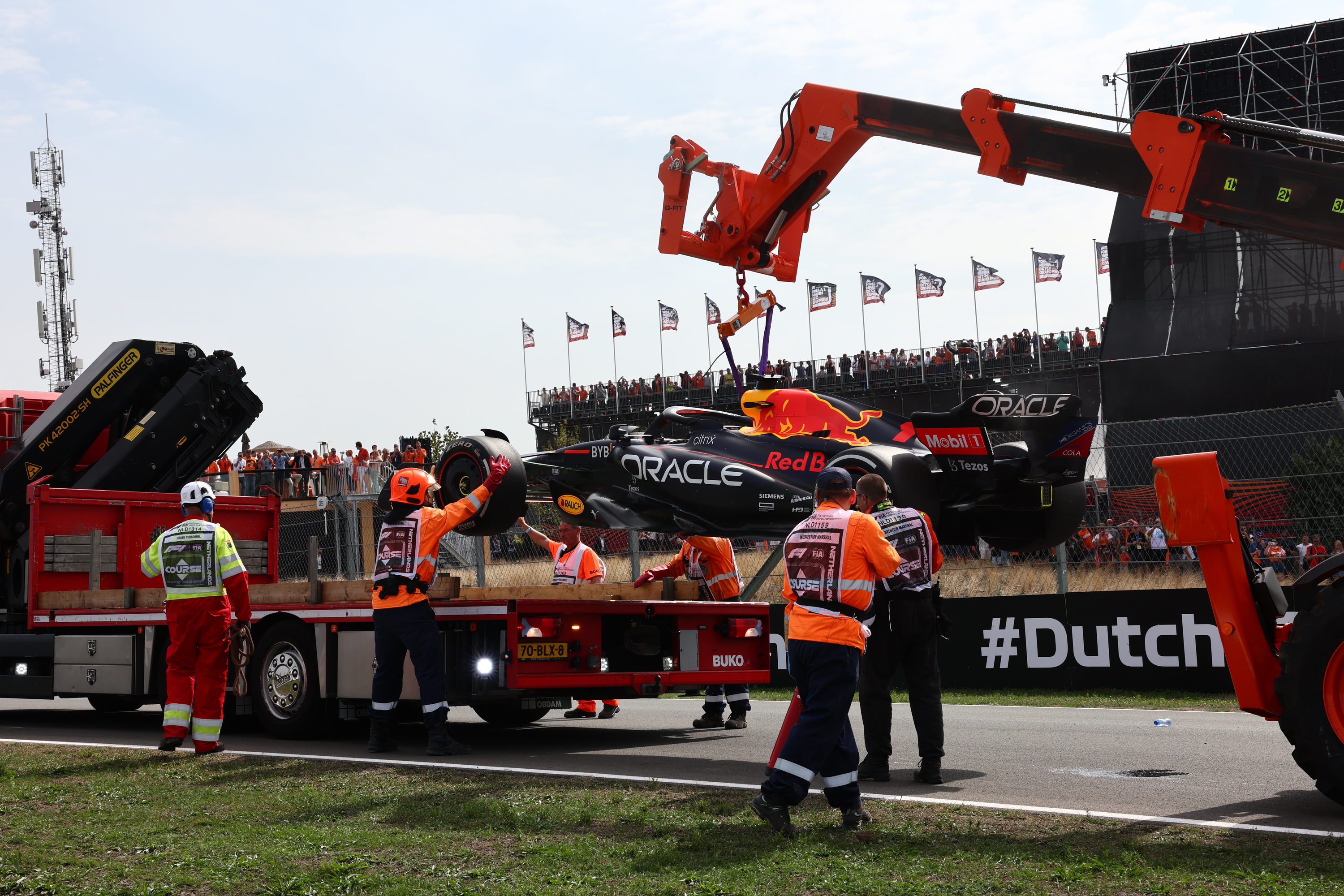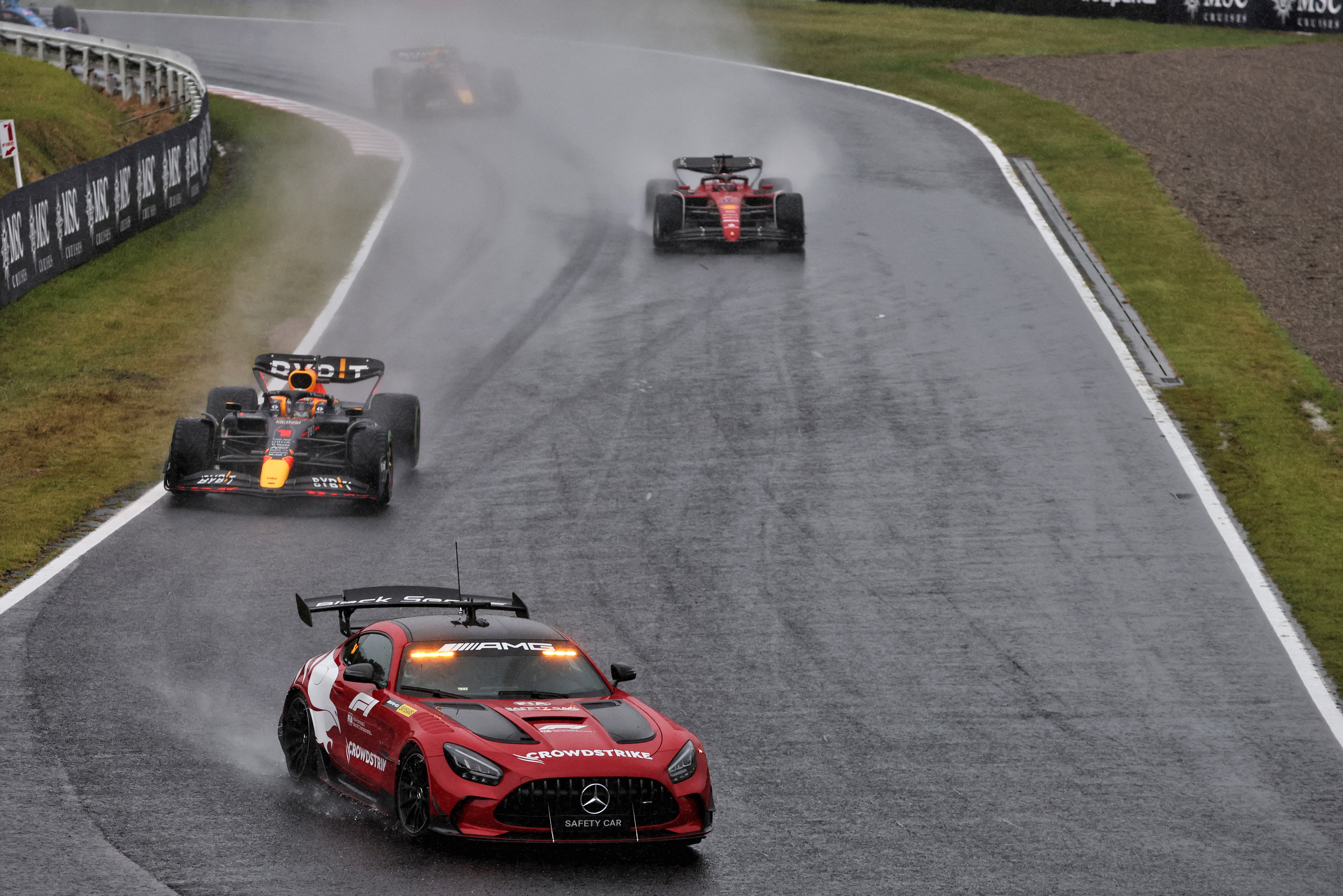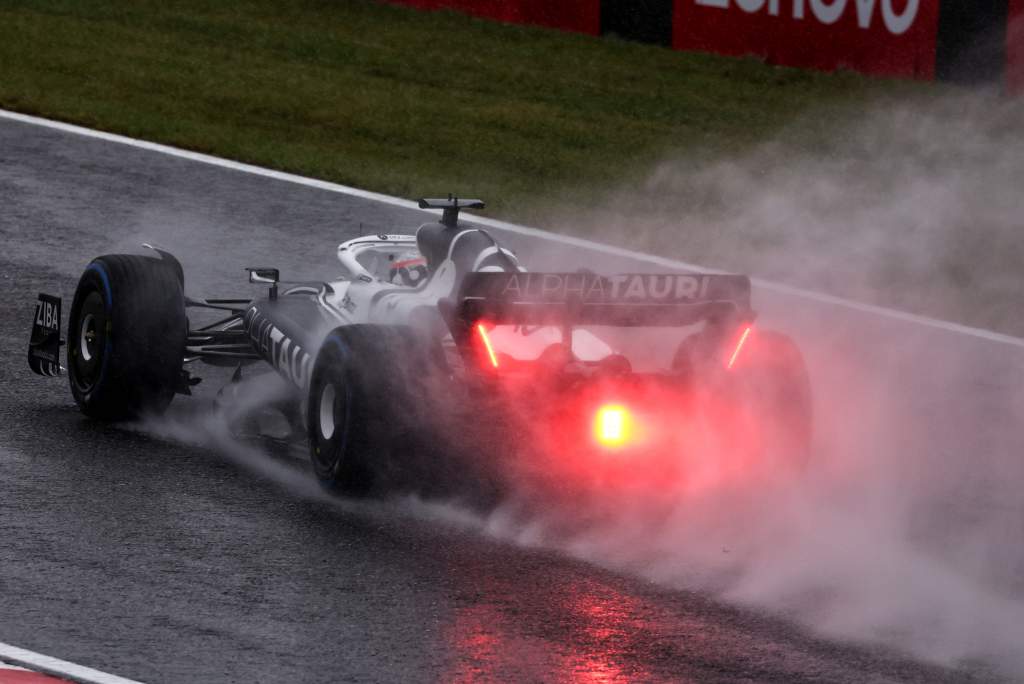Up Next

We were very lucky that nobody was hurt amid Pierre Gasly’s (and indeed other drivers) frightening near-miss with a recovery vehicle at Formula 1’s Japanese Grand Prix, but hopefully, lessons will be learned on all sides from it.
Motorsport safety should be a collective process and one which is an ever-improving process.
Clearly, emotions ran pretty high in the immediate aftermath of the incident coming as they did eight years on from Jules Bianchi’s appalling accident.
It seems that a combination of poor communication, poor conditions and yes the fact has to be faced, also some poor driving, all combined to make the immediate aftermath of the safety car and red flag periods highly regrettable situations.
There was a lot of initial fury that a vehicle could be on the circuit, especially in those conditions and especially at this track, where serious accidents involving marshals and vehicles have occurred before. As well as the Bianchi incident, a marshal received serious leg injuries at the wet 1994 Japanese Grand Prix when struck by Martin Brundle’s McLaren-Peugeot.
I think everyone is unanimous in agreement that allowing a vehicle onto the circuit at that specific point of it and in those conditions was wholly premature.
A significant part of the investigation that will be made regarding the incident will, you would imagine, forensically detail every second of direction or otherwise that allowed a vehicle of that size to enter a particularly perilous section of the track in such poor conditions.
Then it is also hoped that details regarding what, if any, communication was made to teams regarding the salvage operation of Sainz’s Ferrari and Albon’s Williams were.
This is important because certainly in two of the FIA’s other six world championships – Formula E and the World Endurance Championship – race directors are in communication with both the teams and if needed directly and individually to drivers to advise them of work being carried out on track.
This is what Formula E race director, Scot Elkins (pictured below), told me during a media tour of the race control facility during last November’s Valencia test.
“I have an intercom system, which is a direct line of communications with every team manager,” he said.
“So, they and I are talking all the time during the sessions. If there’s information I want to convey to them, I’m able to convey to them directly.
“Then I also have the ability to talk directly to the drivers individually.
“Occasionally what will happen is if a driver stops (on track), and we’re trying to understand what’s happening, and trying to figure out whether we need to do a safety car or full course yellow or something like that.
“I may very well call the driver directly and just kind of be like ‘what’s going on, help me out’ ‘what can we do’ or ‘if you can move the car, please move the car and back it into a place where we don’t have to have an intervention’.”

This has always seemed to be an eminently efficient way of ensuring drivers know about salvage operations and indeed supplementary information on the status of race suspensions.
Despite the often nausea-inducing lobbying that some teams employed in recent F1 seasons they still do have two-way comms with race control but clearly, this has been narrowed for the 2022 season.
But surely a dedicated channel to teams – and as in Formula E – drivers would just add an extra element of communication to what is already employed at a grand prix.
In such situations as last Sunday, communication should have been key to ensure the paramount safety of the marshals on the track as well as the competitors.
Race suspensions and even double-waved flags are there to protect marshals. Therefore, the drivers, by regulation, have to be prepared to slow significantly or stop their vehicles completely in order to do that. In those situations, the track workers, just as much as the drivers, should be at the very front and centre of safety.
In Appendix H of the International Sporting Code under article 2.7.1, it clearly states that ‘no marshal or vehicle shall enter the circuit perimeter without permission from race control.’
However, further on in Appendix H of the International Sporting Code under article 2.9.2 it states that the ‘immobilised cars in unsafe positions should be removed to places of safety, either manually or by means of cranes or vehicles suitably adapted for the purpose of lifting a car.

Confusingly, especially in relation to article 2.7.1, it then details that ‘unless the clerk of the course has given instructions to the contrary, such operations may be undertaken by marshals at the scene.’
That alludes to marshals effectively being allowed to make a call by themselves to tend to a car. Those two articles detailed above feel contradictory and it will be interesting to read in the investigation how the specific call to allow the marshals and vehicle on track so quickly was made.
There have been countless examples of drivers not taking enough caution in such situations over the years. I witnessed a particularly terrifying incident in 2005 when Stefano Proetto almost wiped out both Alx Danielsson and several marshals when he failed to slow for double-waved yellows and indeed a red flag at Zolder. The results were horrific and it was only by chance that no one was seriously injured.
Another extreme example was the Dan Ticktum and Ricky Collard incident in 2015 when marshals were put in danger by the actions of a driver – Ticktum, who was banned for his actions.
Of course, the incident at Suzuka last Sunday is a very different set of circumstances indeed but those incidents above are used as evidence of what can go wrong when due care and attention are not given when race suspensions are activated and marshals are exposed on a racetrack that should be controlled by all that are upon it.

Gasly was sanctioned for speeding under red flag conditions after he passed the scene of Sainz’s car recovery and was clocked at a peak of 251kph/155mph.
That is clearly unacceptable in dry conditions, let alone on a wet track with minimal visibility, although he was granted some leeway because in the FIA’s words the ‘shock’ he experienced while coming across the vehicle just before Spoon Corner.
While personally, I find that to be a rather bizarrely worded phrase in an official document, you can understand Gasly’s emotional anger in light of what has gone on before at that track, but pulling that speed, and in those conditions under a red flag, is just not a good look.
To be fair to Gasly he did publicly apologise for committing this offence when interviewed by the stewards. Ultimately, like everyone at professional motor races, drivers have a vital role in helping to ensure that track workers are not put at risk too. Surely they too have to start taking that responsibility much more seriously, especially in challenging conditions.
The other clear discussion point from the Suzuka incident was also the speed at which some drivers were going under safety car conditions. Clearly, in the context of a full safety car and in those conditions, it seemed to be excessive.
We know why they were doing that speed; it was to catch the train of cars ahead after early incidents. But in light of the awful conditions and knowing it wasn’t going to be a quick safety car period, then could there be a specific controlled speed adhered to in sectors where marshals are working.

There is a lap delta of course, but a limit of some description could surely be looked at for the future if vehicles and marshals enter the track in order to clear an incident. Endurance racing and national competitions have employed the ‘Code 60’ rule before whereby ‘all drivers must slow their cars down to a maximum of 60 km/h (37 mph).’
Can a variation of this could be adapted for F1 under certain conditions surely to ensure safer clean-up operations?
Motorsport has thankfully come a long way since several incidents in its past saw marshals and drivers injured and killed in needless incidents.
In a little-remembered incident at the 1989 British Grand Prix, even a former FIA President himself, Jean-Marie Balestre, came in for wholly deserved condemnation, when for reasons best known to himself, he decided to actually walk across the track at the end of the first lap.
Unbeknown to him Nicola Larini’s Osella had started from the pitlane and was some 20 seconds behind the pack. Balestre almost lost his official blazer and much more in what was a very close call!
That was 33 years ago and a different time completely. It sure as hell never happened again and in a similar vein, such scenarios as Suzuka have to be learned by both officials and drivers to ensure such a state of affairs is managed in a much more agreeable manner in the future.







